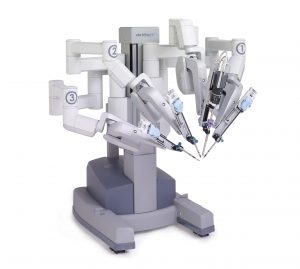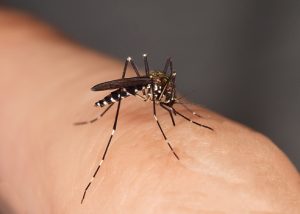We wear gloves during this time of year to protect ourselves from the cold, wintery elements. These accessories are meant to serve as a layer of defense, but could they actually contribute to getting us sick during cold and flu season?
While outer garments like gloves serve a very important function in keeping us warm, they can also be the potential transmitter of harmful germs if they are not washed regularly. When you think about it, we use our gloves when we open doors, hold escalator rails, and ride the train, all of which are breeding grounds for viruses. After touching these things, we might use our glove covered hands to scratch our noses and cover our mouths. In a pinch, we might even use our gloves to wipe our nose when a tissue isn’t available. These actions can take place every day for the duration of the winter, but ask yourself when was the last time you washed your gloves? The fact is gloves pick up everything bare hands do and very few people wash their gloves frequently enough.
It is estimated that certain viruses such as the flu can live on your gloves for two to three days, while stomach viruses, such as the rotavirus and norovirus can remain active for up to a month.
To avoid getting sick from your gloves, follow these simple tips:
- Wash them at least once a week. Cotton products are easiest to clean by using a washing machine while wool products need to be hand washed. Leather gloves will require dry cleaning
- Never use your mouth to pull off your gloves. The best way to remove your gloves is from back to front, similar to healthcare workers
- If you are wearing your gloves in snowy or wet conditions, allow them to air dry rather than shoving them into your pockets or into the sleeve of your coat.
- Avoid touching ATMs, elevator buttons, railings, or shopping carts with a gloved hand. It is much easier to sanitize your bare hand than it is to clean your gloves
- Always wash your hands after removing your gloves to avoid contamination
Following these steps can reduce the chances of getting sick this winter.
All content of this newsletter is intended for general information purposes only and is not intended or implied to be a substitute for professional medical advice, diagnosis or treatment. Please consult a medical professional before adopting any of the suggestions on this page. You must never disregard professional medical advice or delay seeking medical treatment based upon any content of this newsletter. PROMPTLY CONSULT YOUR PHYSICIAN OR CALL 911 IF YOU BELIEVE YOU HAVE A MEDICAL EMERGENCY.











